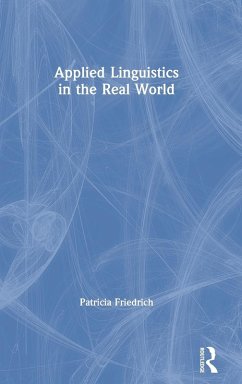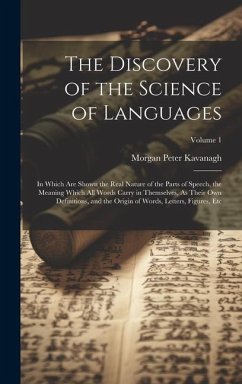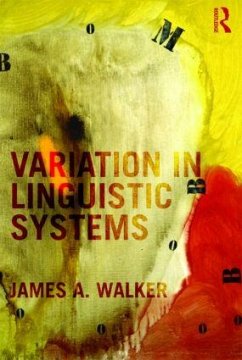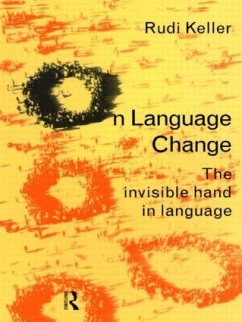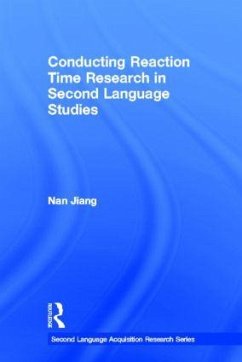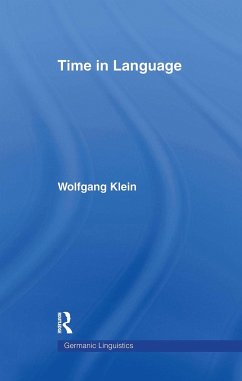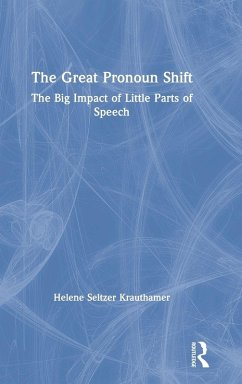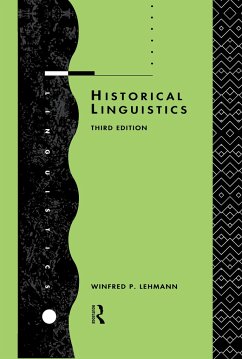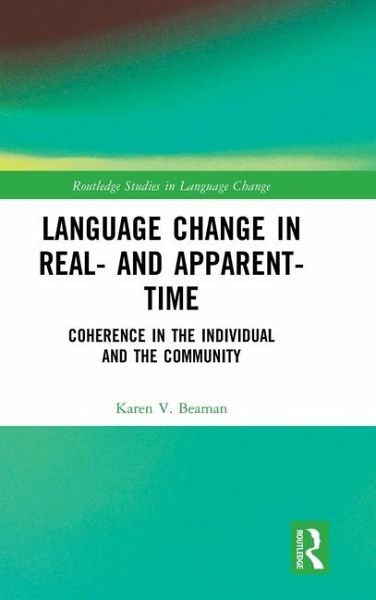
Language Change in Real- and Apparent-Time
Coherence in the Individual and the Community
Versandkostenfrei!
Versandfertig in 1-2 Wochen
172,99 €
inkl. MwSt.
Weitere Ausgaben:

PAYBACK Punkte
86 °P sammeln!
This volume explores the use of the Swabian dialect in southwestern Germany. This book will be of interest to students and scholars in sociolinguistics, linguistic anthropology, dialectology, and historical linguistics.






